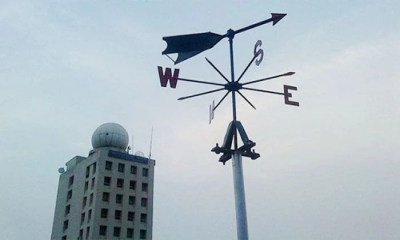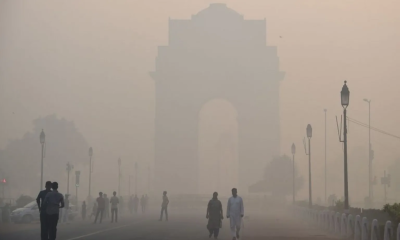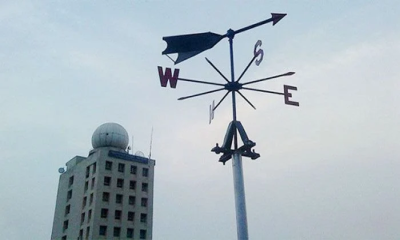NASA scientists recently managed to catch a glimpse of a supermassive black hole "eating a star" through the Hubble telescope.
The scientists saw a black hole turning a star into what looked like a huge doughnut, before swallowing it whole.
But it didn't engulf the entire star, instead emitting radiation as they swung downward, making it possible for scientists to see and analyse it.
The process is called a 'tidal disruption event', and according to Nasa they are one of the most complex and violent things that happen in our known universe.
The life of a star is pretty dramatic - they're formed when space dust starts bonding together, they give life to solar systems and can burn brightly for millions of years. And sometimes, very rarely, they get eaten by supermassive blackholes!
Researchers think that by studying the observations, they'll be able to learn more about what happens during such an event.
But the one they've seen isn't happening right now. It's 300 million light years away, which means what they've seen actually happened millions of years ago.
This is because the light that's emitted takes a long time to become visible to our telescopes. But now that it has, the scientists can study it and look for clues about what happened to the star.
This isn't the first time an event like this has been captured, however.
More than 100 tidal disruption events have been observed by scientists, including one in 2021 that Nasa scientists spotted happening in another galaxy.
The difference this time though, is that the Hubble observed it happening in ultraviolet (UV) light, as opposed to X-ray light.
Emily Engelthaler at the Center for Astrophysics at Harvard University explained that observing the black hole using UV light can give us a lot more information about event: "We're excited because we can get these details about what the debris is doing. The tidal event can tell us a lot about a black hole."
When the black hole started to consume the star, it warped the gases that formed it into a doughnut shape.
This area, known as a torus, is the size of the solar system and is swirling around a black hole in the middle.






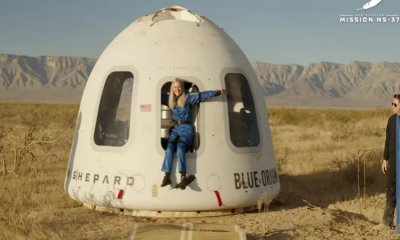

-20251216092417.webp)






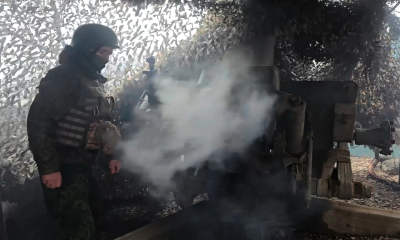



-20251231101531.webp)




-20251231082350.webp)



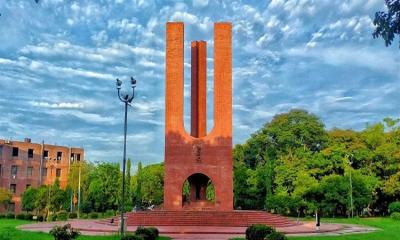
-20251227141313.jpeg)

